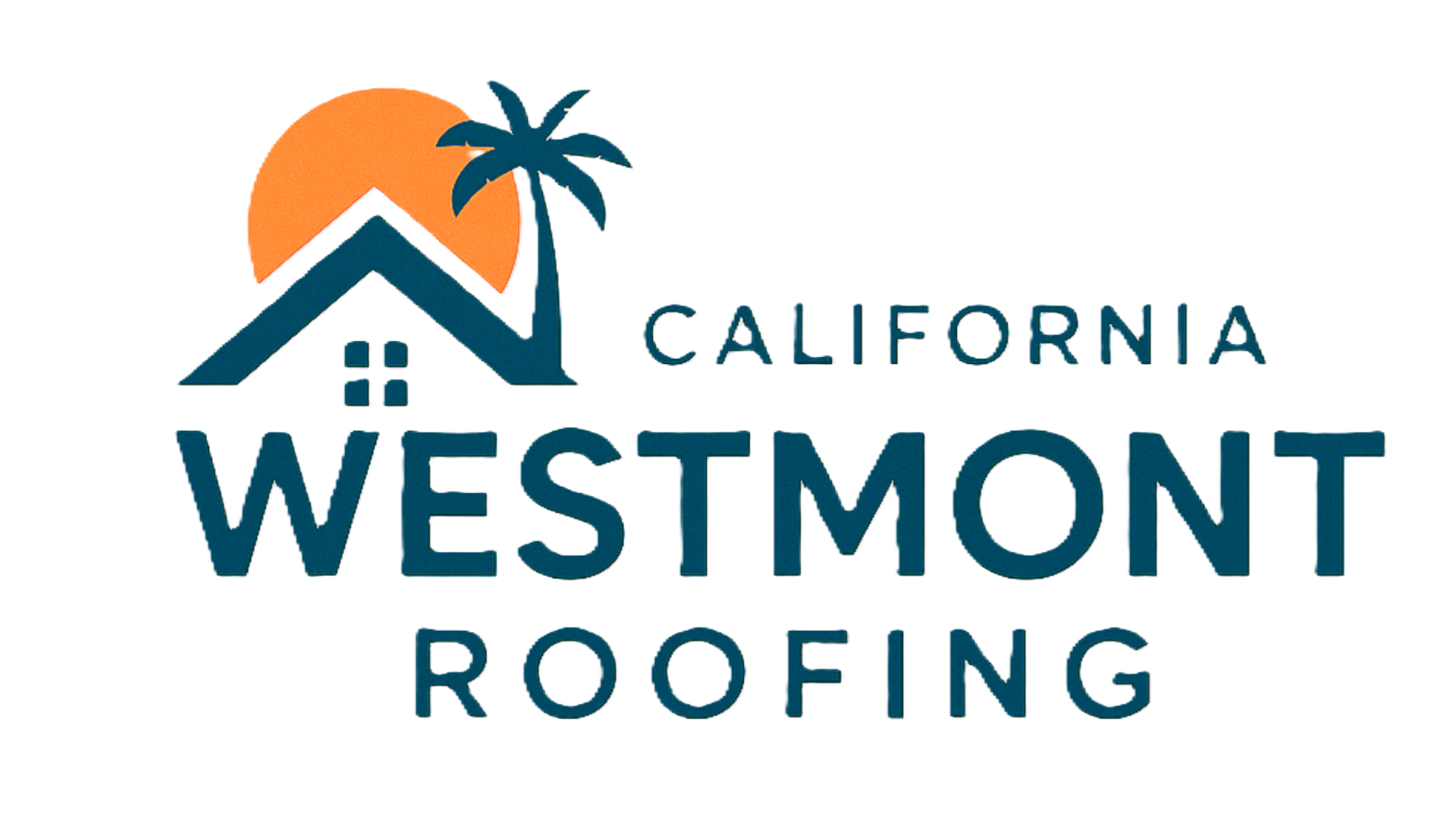California Westmont Roofing
Trusted Roofing Partner Near You!
Looking for expert advice on Roof Maintenance?
Frequently Asked Questions
1. How frequent should I have my roof inspected?
- Twice a year would be a recommended schedule. It is also important to have it checked after a storm or extreme weathers that cause hidden damage.
2. Why is roof maintenance important?
- Roof maintenance helps to prevent damage, increase lifespan, and improve energy efficiency. It will help you manage small issues to prevent you from costly bigger damage.
3. What does a roof inspection include?
- A roof inspection typically includes checking for damaged shingles, leaks, flashing issues, gutter obstructions, ventilation problems, and water damage. The inspector will also assess the overall condition of the roof structure, including the attic and underlayment.
4. What are the signs that my roof may need maintenance?
- Missing or damaged shingles
- Water marks or leaks
- Cracked or damaged flashing
- Clogged or overflowing gutters
- Sagging or uneven rooflines
5. Can I inspect my roof myself?
- While homeowners can perform a basic visual check from the ground, looking for signs like missing shingles, leaks, or sagging, but a professional roofing contractor can surely give a thorough and safe Page 1 of 3 inspection to see a more accurate assessment that you might miss.
6. How much does a roof inspection cost?
- Roof inspections can range from $100 to $300 depending on the size of your roof, the type of inspection (e.g., general vs. detailed), and the contractor’s pricing. As part of our service, our company can give free inspection.
7. What are the common roof maintenance tasks?
- Common roof maintenance tasks include:
- Cleaning gutters regularly to ensure proper drainage
- Removing moss or algae buildup with a specialized cleaner
- Sealing cracks or holes to prevent leaks
- Do regular inspection for leakage, moss or algae growth
- Checking attic insulation and ventilation for proper airflow
8. Is there an ideal season or time of year for a roof inspection?
- Spring and fall are generally the best times for roof inspections because they allow for proper assessment before severe weather conditions like winter snow or summer storms. These seasons also offer milder weather conditions for any necessary repairs.
9. How do roof inspections help with insurance claims?
- Roof inspections can document the condition of your roof before and after a storm or other damaging event. This documentation can be crucial for insurance claims, helping to prove the extent of the damage and the need for repairs or replacement.
